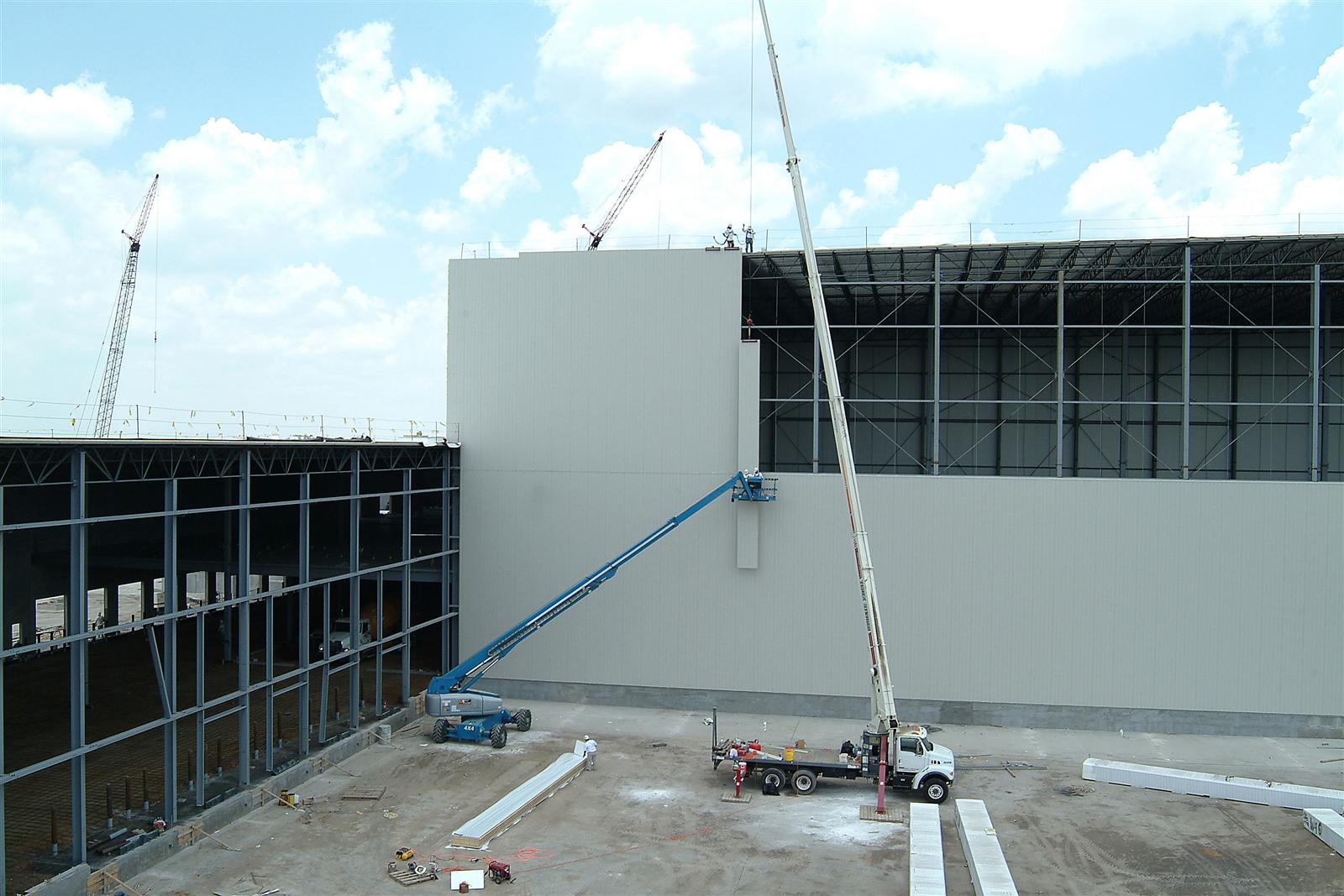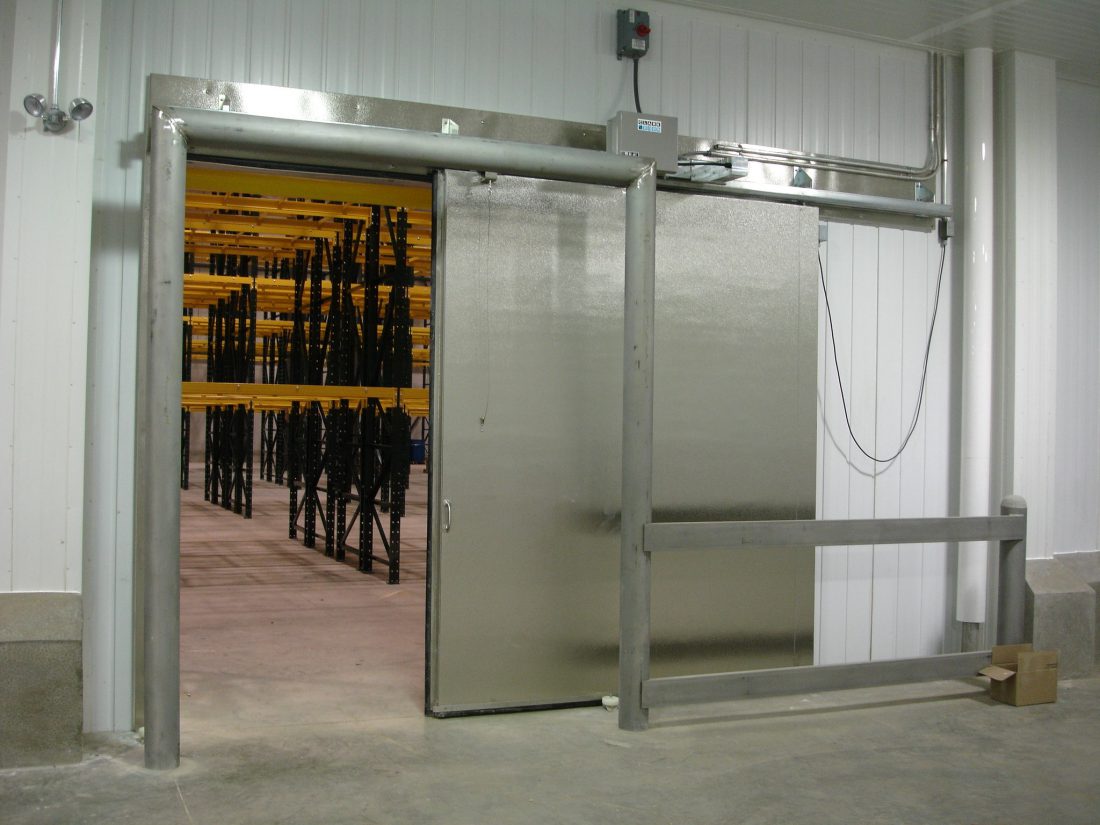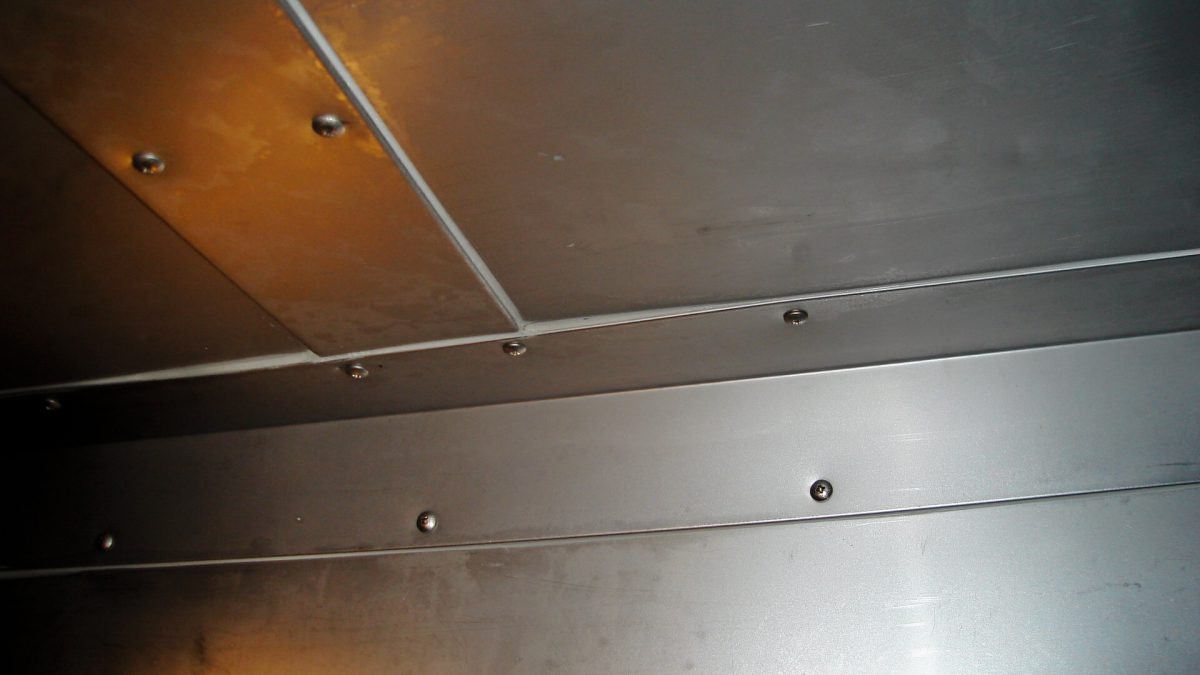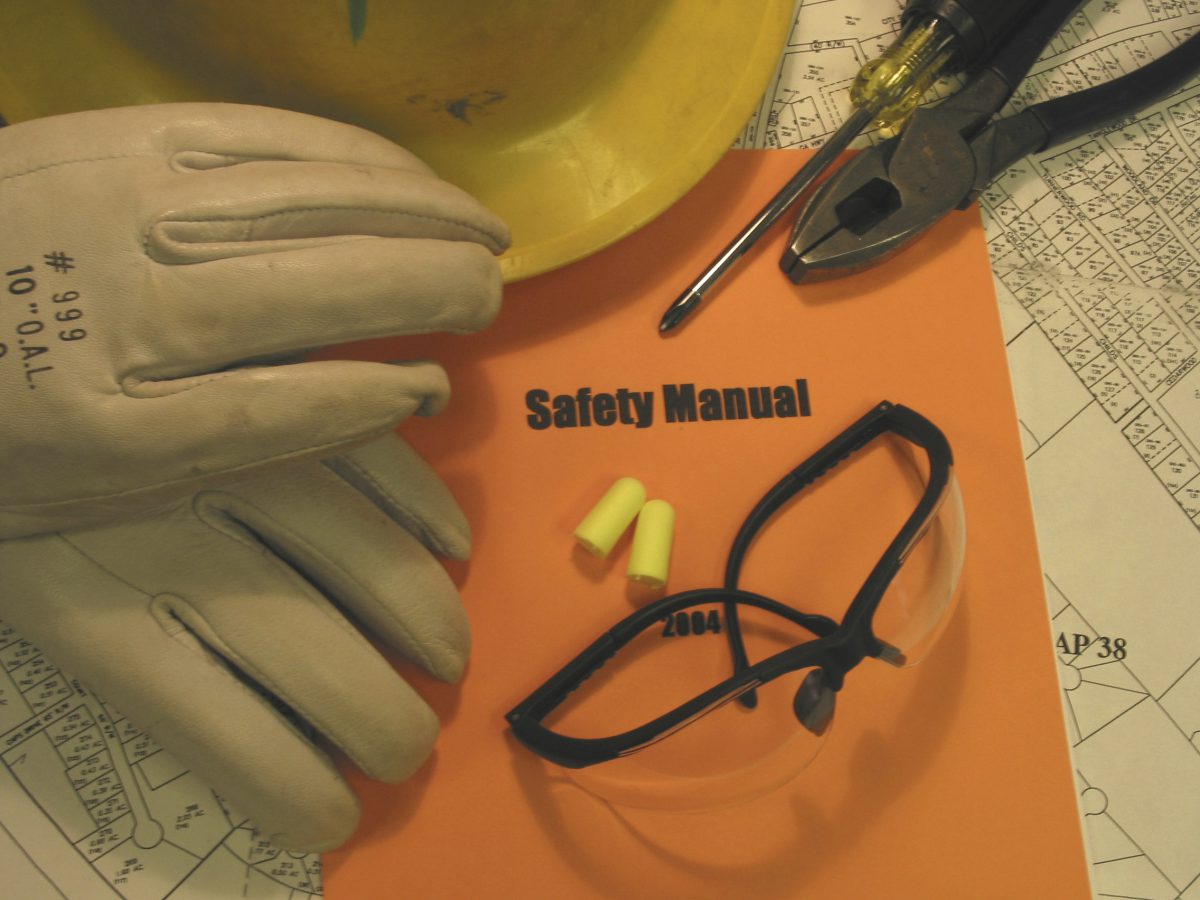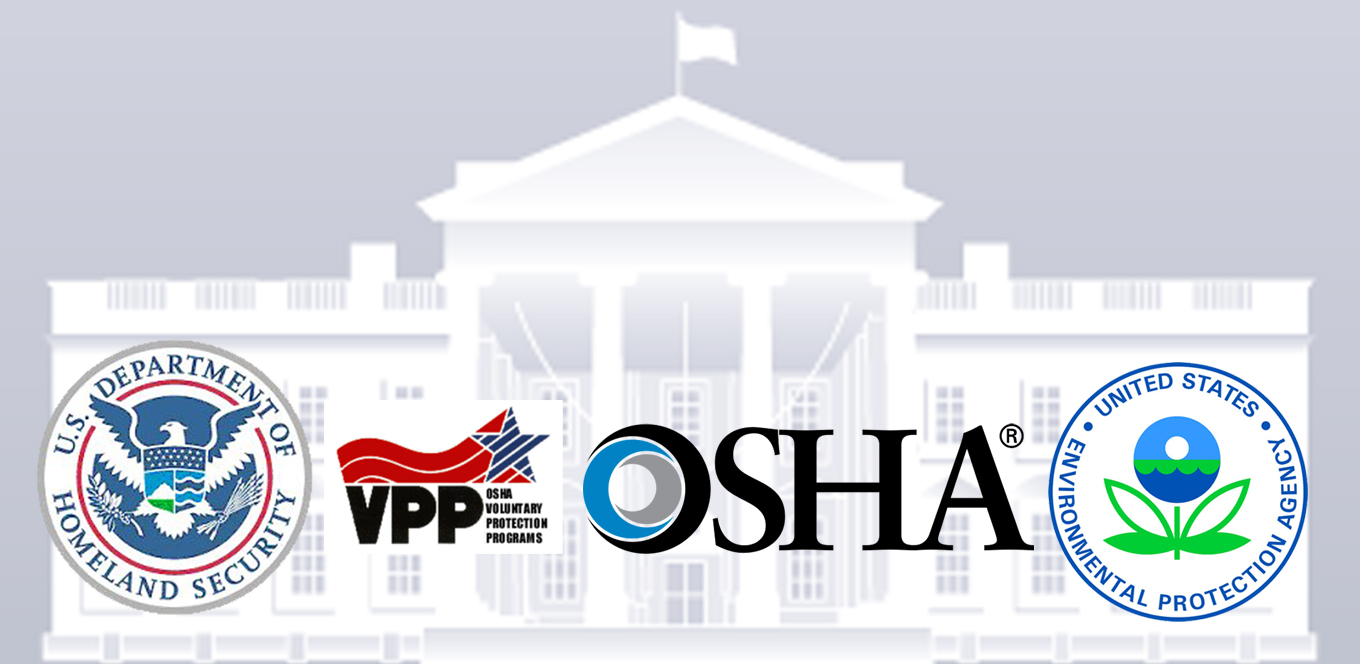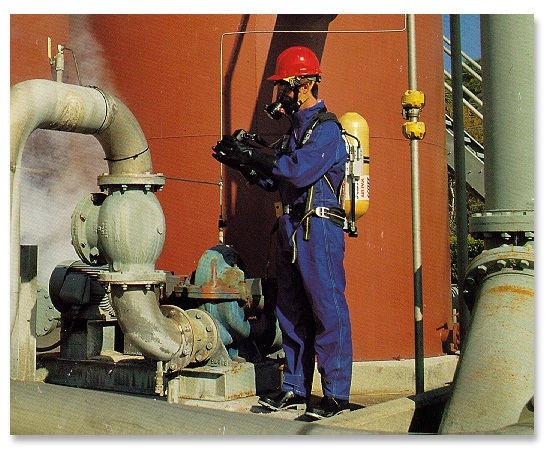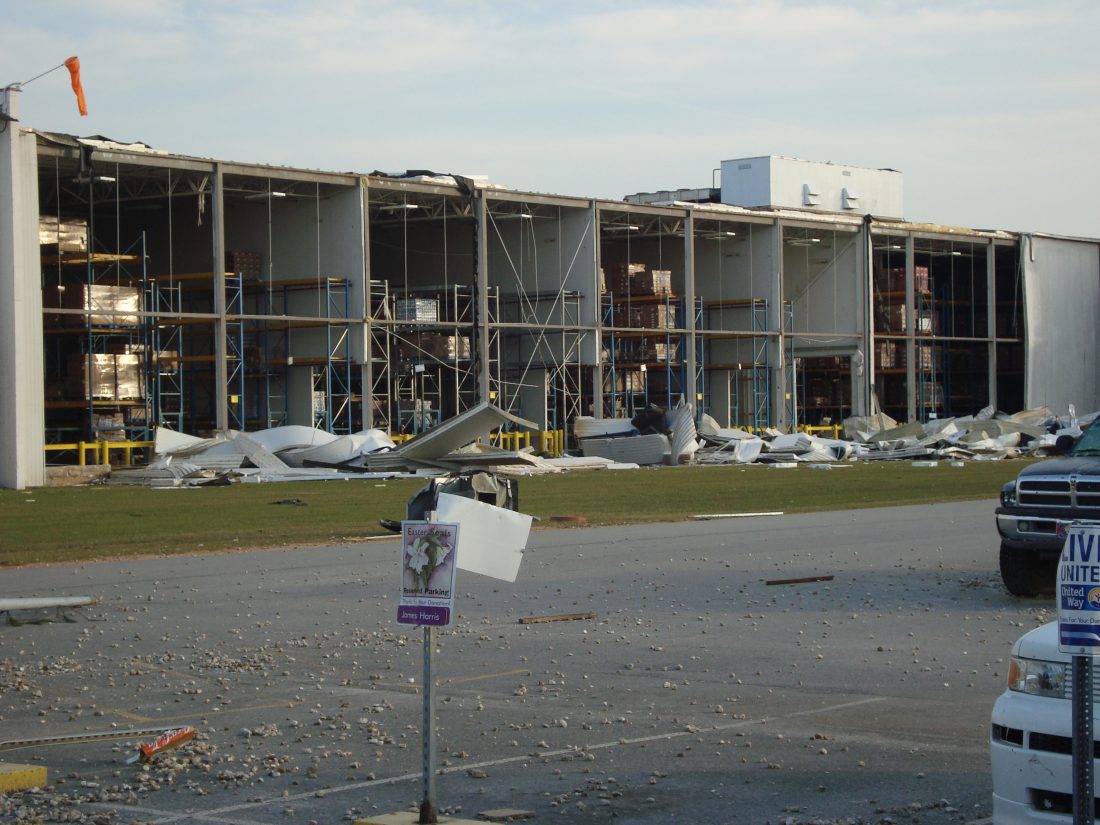Key Elements to Include in Your Food Processing Facility’s Business Plan
Most strategic plans begin with the development of a business plan, a methodical process where all aspects of the business are defined and analyzed against the company’s business objectives. Food processing companies develop business plans at different stages of their life cycle, especially in preparation to launch a new product line, invest in a facility expansion or to identify new growth opportunities.
Continue Reading “Key Elements to Include in Your Food Processing Facility’s Business Plan”





